One commercial that caught my attention during this year’s Superbowl was Chrysler’s motivational offering entitled “It’s Halftime America”. It featured actor and director Clint Eastwood.
The ad has generated some controversy. However, I want to leave aside all commentary about politics and economics, and analyze the speech on its own merits. I found it excellent for many reasons and believe that it contains valuable lessons for anyone who has to give a motivational speech.
First, watch the commercial below. Or rather, listen to it. It is well scripted and contains beautiful images. Most speakers do not have a professional film and sound crew to produce a studio-quality film. (Nor do most of us guys have the cool, raspy voice of Clint Eastwood.)
So by all means, watch the video. But then replay it and listen to it while reading the transcript which I have added immediately below. The analysis follows.
Halftime in America
It’s halftime.
Both teams are in their locker room discussing what they can do to win this game in the second half.
It’s halftime in America too.
People are out of work and they’re hurting and they’re all wondering what they’re going to do to make a comeback and we’re all scared because this isn’t a game.
The people of Detroit know a little something about this.
They almost lost everything.
But we all pulled together. Now Motor City is fighting again.
I’ve seen a lot of tough eras, a lot of downturns in my life, times when we didn’t understand each other.
It seems that we’ve lost our heart at times.
The fog of division, discord and blame made it hard to see what lies ahead.
But after those trials we all rallied around what was right and acted as one.
Because that’s what we do. We find a way through tough times and if we can’t find a way, then we’ll make one.
All that matters now is what’s ahead. How do we come from behind? How do we come together? And how do we win?
Detroit’s showing us it can be done. And what’s true about them is true about all of us.
This country can’t be knocked out with one punch. We get right back up again and when we do the world’s going to hear the roar of our engines.
Yeah, it’s halftime America and our second half is about to begin.
What I liked
1. An effective speech does not have to be long
In a previous post in which I analyzed the Gettysburg Address, I noted that Lincoln’s speech was only 272 words. Eastwood’s is on par with that, coming in at 247 words. I’m not suggesting that “Halftime in America” is on the same level as Abraham Lincoln’s speech; however, I am saying that a few well chosen words can have a much greater impact that many poorly chosen words.
2. Rhetorical devices
Eastwood incorporates a number of rhetorical devices in his speech.
(a) Metaphor: “It’s half time in America”; “The fog of division, discord and blame”; “This country can’t be knocked out with one punch”.
(b) Polysyndeton: “People are out of work and they’re hurting and they’re all wondering what they’re going to do to make a comeback and we’re all scared because this isn’t a game.”
(c) Asyndeton: “I’ve seen a lot of tough eras, a lot of downturns in my life, times when we didn’t understand each other.”
(d) Anaphora: “How do we come from behind? How do we come together? And how do we win?
3. Repetition of key words is powerful
Note the following words that Eastwood repeated: “we” (14 times); “our” (3 times); “halftime” or “half” (5 times); “America” or “country” (3 times); “Detroit” or “Motor City” (3 times).
4. Pauses
Pausing is one of the most important things a speaker can do. allows the audience time to absorb the full force of your words. I counted a dozen or so extended pauses in Eastwood’s short speech.
5. The right words in the right order add rhythm to a speech
5. The right words in the right order add rhythm
Listen again to the sentence that begins, “The fog of division, discord and blame …”. The order of the three words was not random. Going from three syllables to two to one gives the phrase a rhythm that you do not get with any other ordering of those words. Look for opportunities to create rhythm in your speeches.
6. Contrast is important
As Nancy Duarte says in her book, Resonate:
“People are naturally attracted to opposites, so presentations should draw from this attraction to create interest. Communicating an idea juxtaposed with its polar opposite creates energy. Moving back and forth between the contradictory poles encourages full engagement from the audience.”
Eastwood’s speech contains contrasts: the first half vs. the second half; the past vs. the future; Detroit almost losing everything vs. Detroit fighting again; lost in the fog of discord vs. rallying around what’s right; knocked down vs. getting back up.
7. Call to action
“Our second half is about to begin” is a great ending. It is a subtle, but powerful call to action. It reminded me of Al Pacino’s “Now, what are you gonna do?” in his speech in the film On Any Given Sunday.
A call to action is a great way to end a speech or presentation.
Suggestions
Verb tense
“The fog of division, discord and blame made it hard to see what lies ahead. But after those trials we all rallied around what was right and acted as one.”
Because the fog of division, etc. occurred in the past and because the trials were overcome in the past, the correct tense of the verb “to lie” should also be in the past. Thus, “The fog of division, discord and blame made it hard to see what lay ahead.”
Word choice
“Detroit’s showing us it can be done. And what’s true about them is true about all of us. This country can’t be knocked out with one punch.”
I don’t like the portrayal of Detroit and the United States as Them and Us. Obviously, this was not the intention. Still, it would have been more effective, in my view, to substitute “Detroit” and “America” for “them” and “all of us”. Thus, “Detroit’s showing us it can be done. And what’s true about Detroit is true about America. This country can’t be knocked out with one punch.”
The repetition of “Detroit” would rhythm. The use of “America” would nicely into “This country”, which begins the following sentence. Most importantly, it would reinforce the idea that Detroit and America are on the same team.
Still, on the whole, I think that “Halftime in America” provides a solid example of how to construct a motivational speech.


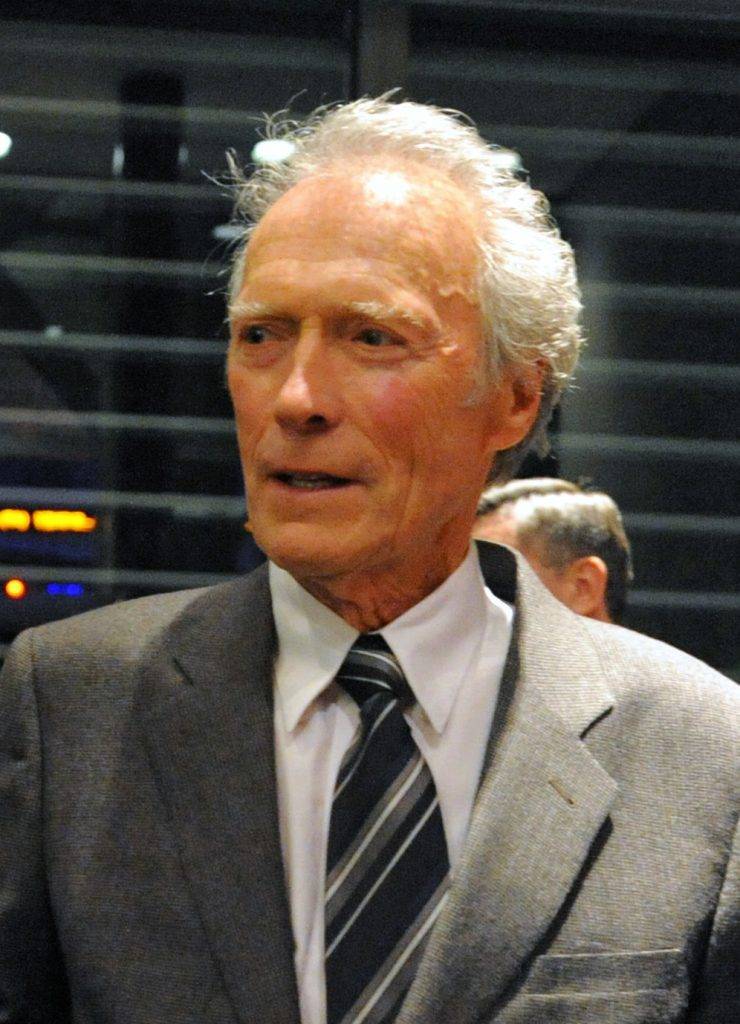
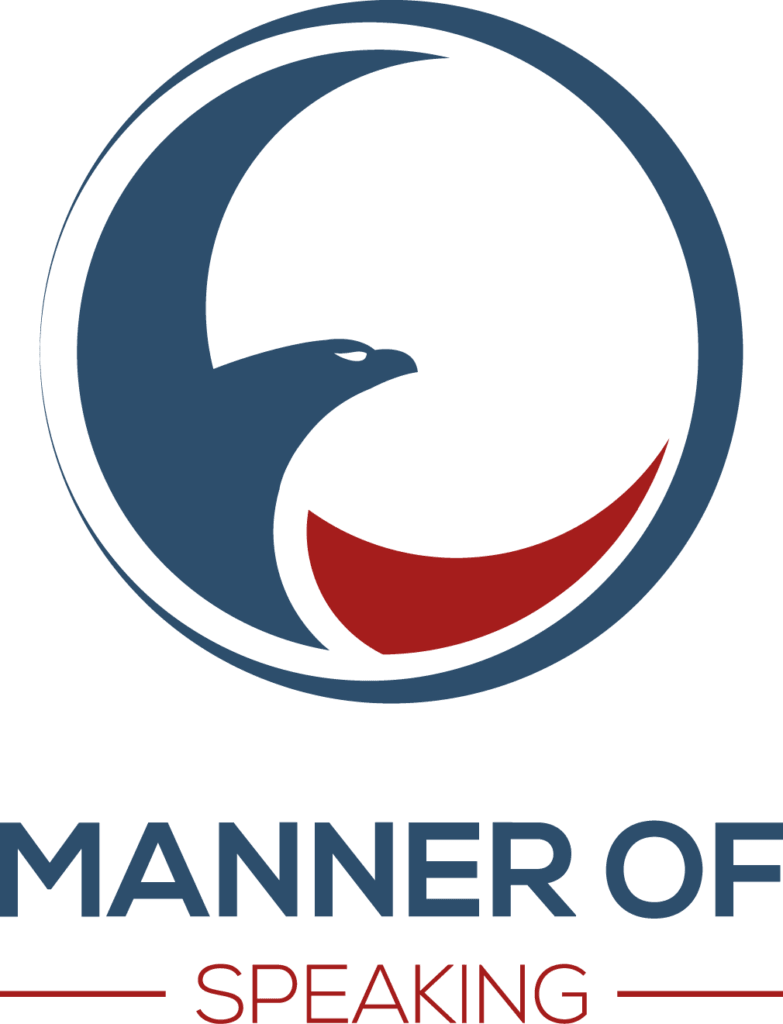




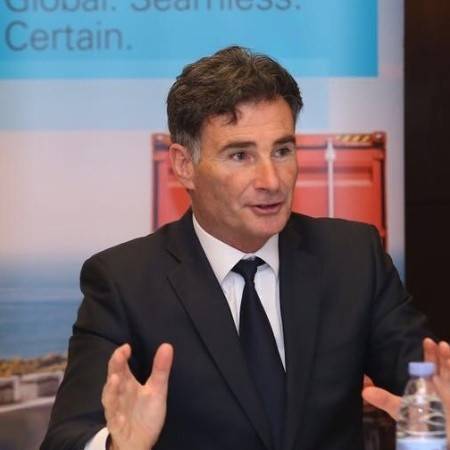


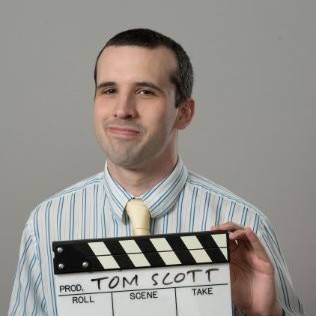
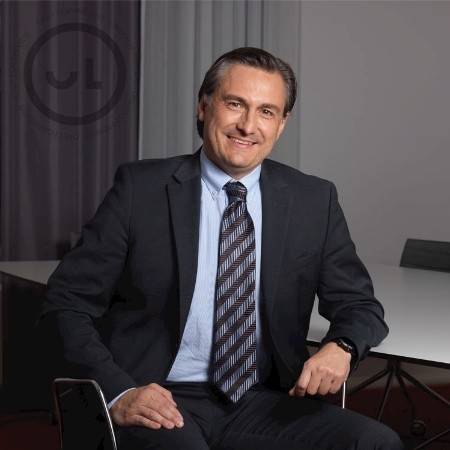
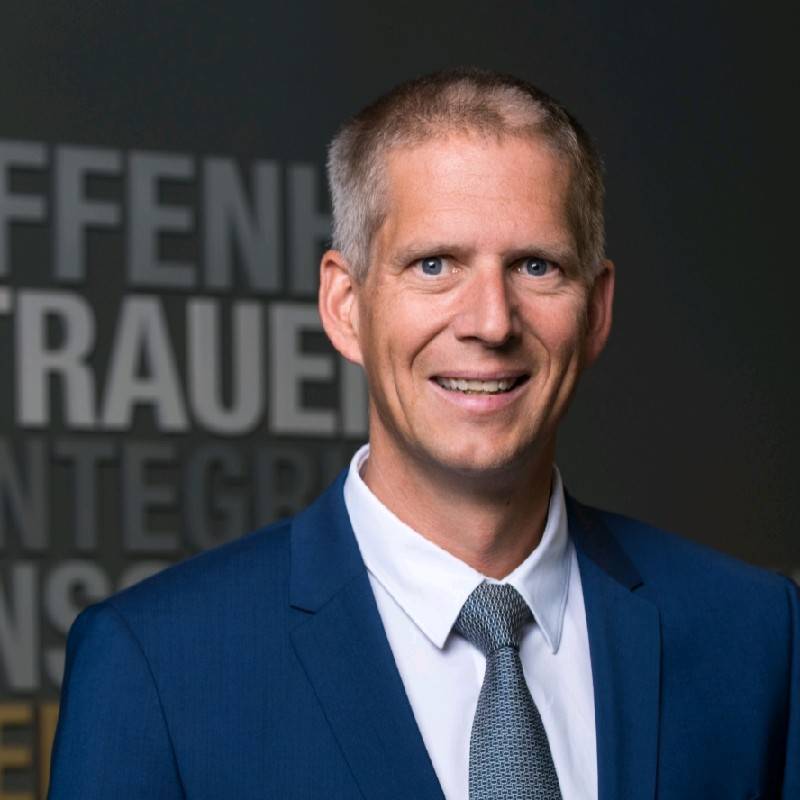

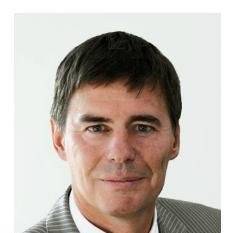
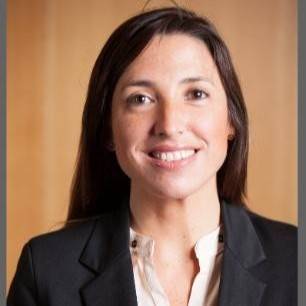
14 Replies to “"Halftime in America" – An Analysis”
John, an excellent analysis of the Chrysler ad. Your point about “us” and “them” is dead-on. I also appreciate the insight into the techniques used. Asyndeton is a bit difficult but it’s very effective when done right.
Thanks!
Many thanks, Brent. Much appreciated.
John
I’m not American, but saw the Superbowl (my first ever Football Match) at a friend’s house in Asia. But this ad was much more interesting than the game itself! Great analysis, thanks.
Hi Leon. Thanks for the comment. Football (North American) is far more popular in the U.S. and Canada (where I am from) than anywhere else, although interest in it has been growing. I enjoy the game, even if I much prefer hockey. Glad you enjoyed the analysis.
John
I must go back and listen, rather than just watch, this speech; I had not realised there were only 247 words. I will look at your other posts.
I am making a six minute speech at a speakers club tomorrow. Your post reminded me to pause to help my audience. Easy to say but I will put it in my notes to do so.
Thanks.
Thanks for the comment, Mike. If you use notes, there is nothing wrong with writing “PAUSE” in big letters at the top of the page to remind you. The notes are for you alone. Best of luck with the speech!
John
Good analysis, but the key word here as you said is, “scripted”. You attributed a little too much to Eastwood here. Any Rhetorical devices he used were written so for him by the speech writer. He is by far one of the worst speakers of all time (any one remember the last republican convention?!). He could not put a speech together himself if his life depended on it! And the man admits this himself! The only thing they used Eastwood for here was his tough-guy image form the past, his voice and his ability to read a script like he does in any movie – that’s it! Other than that, given the same script you could have perhaps done just about the same job as Clint Eastwood did!
Thanks, Kamran. I think you’re being too hard on old Clint. There is no question that the way in which the dialogue with the chair played out was a disaster from a public speaking perspective. But there were still good things to take out of the speech, as noted in the post. There is no question that the Republicans brought him out because of his tough-guy image but I don’t think his talk was scripted.
Cheers!
John
Thanks John, if you read my post carefully, here is what I wrote: the “Chrysler ad” was fully scripted for Clint and he read it off like a good actor — but it was not his speech. However, his rambling at the Republican national convention was his “speech” and therefore it was a disaster by all accounts. Here is what the media had to say: “MSNBC pundits said Clint Eastwood’s GOP convention speech Thursday night was a “bizarre” and “embarrassing” “disaster,” and a Fox News reporter wouldn’t even touch it.” Here is what Clint Eastwood himself said about his own speech: “I figure if somebody’s dumb enough to ask me to go to a political convention and say something, they’re gonna have to take what they get”.
To summerize: as Toastmasters we try never to do what Clint Eastwood did. That is, we don’t read someone else’s speech, we write our own (Chrysler ad) and if we are invited to give a speech at a convention, we go prepared — even if out of respect for the organizers and the audience. Well, Eastwood did none of that. But then again John, given the context I just described, if you still see any good pointers in Clint Eastwood as a speaker please share them!
Kamran, thanks for the follow-up comment. I owe you an apology. The comments on the blog come to me on a separate page. When I saw your comment about Clint Eastwood, I mistakenly though that you had left it on my post about his convention speech. I realize now that your comment was on the “Halftime in America” post. Even though you did not, in fact, mention the “Chrysler ad” by name in your original comment, I still should have picked up on it.
As to the substance of your comment on “Halftime in America”, I have no doubt that the ad was fully scripted for Eastwood. It still makes for a good speech and there is a lot that we can learn from it. For me, it is the same thing as great speeches from movies, a few of which I have analyzed on the blog. They were all scripted for the actors, but they are still good speeches that were well delivered. And we can learn from them.
I agree with you on the importance of being prepared, something that I have written about at length in several posts. And yes, most people usually write their own speeches. But it is possible to deliver a speech written by someone else in a professional and persuasive manner. Someone like Barack Obama does not have the luxury of being able to write every speech that he delivers; yet he almost always does an excellent job when delivering a prepared speech.
John
The ad was absolutely scripted for Eastwood. It was written by the author Smith Henderson, whose novel Fourth of July Creek was a bestseller last year. He was working freelance at the responsible ad agency at the time, and came up with both the concept and the wording. All credit should go to him.
Thanks for the background information, Lauren. I figured that the script had been written for Eastwood, but did not know the details.
Your ability to actually apologize and still hold your ground absolutely shocks me. Although this is not something that should get praise, I still think you deserve it! I haven’t seen a comment that genuinely admits their wrongs, and follows up. Thank you for that.
Thank you for the comment, Olivia. I very much appreciate it.